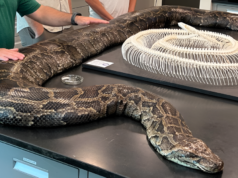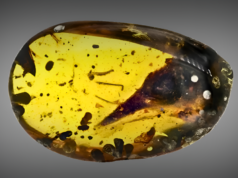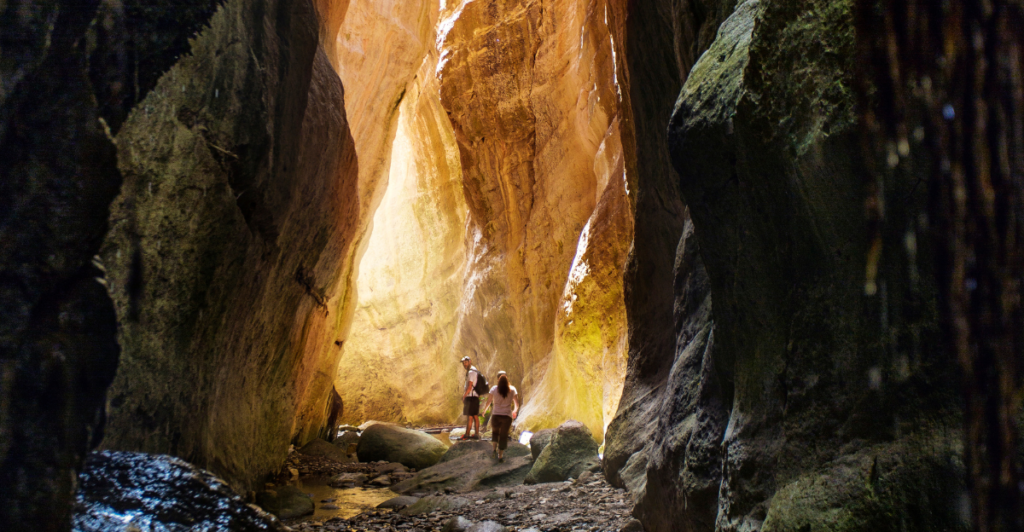
Discover the fascinating world of America’s historic caves. These natural wonders showcase stunning geological formations and serve as time capsules, holding invaluable records of Earth’s climate history. Scientists use stalagmites, stalactites, and other formations to uncover stories of ancient weather patterns and environmental shifts. Join us as we explore 10 remarkable caves that provide a window into our planet’s past.
Mammoth Cave (Kentucky)
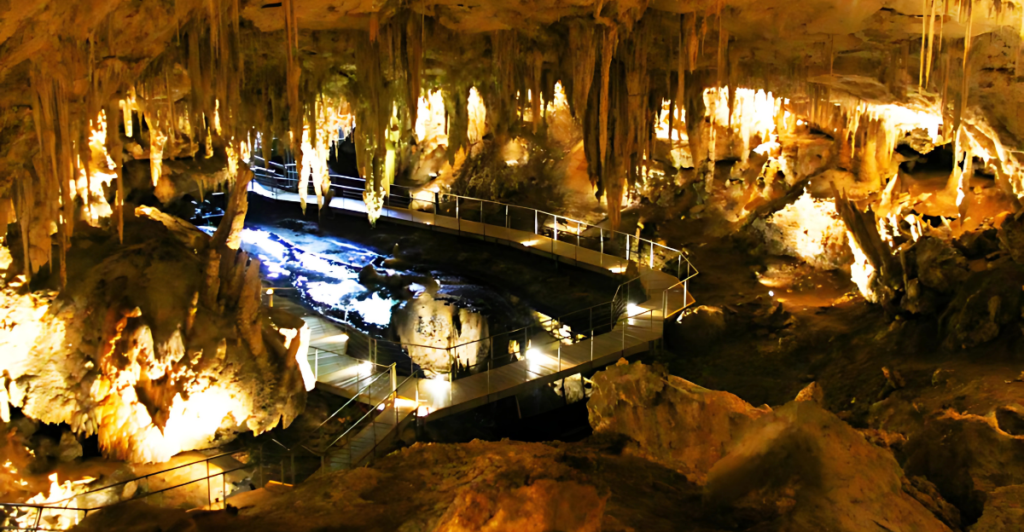
Mammoth Cave, the world’s most extended cave system, stretches over 400 miles. This UNESCO World Heritage Site boasts calcite formations with centuries of climate data. Layers of minerals reveal historical rainfall patterns, droughts, and temperature changes. Researchers also study the cave’s stable environment to understand shifts in carbon levels. Visitors can marvel at its vast chambers and unique formations while learning about its pivotal role in understanding Earth’s climatic past.
Carlsbad Caverns (New Mexico)
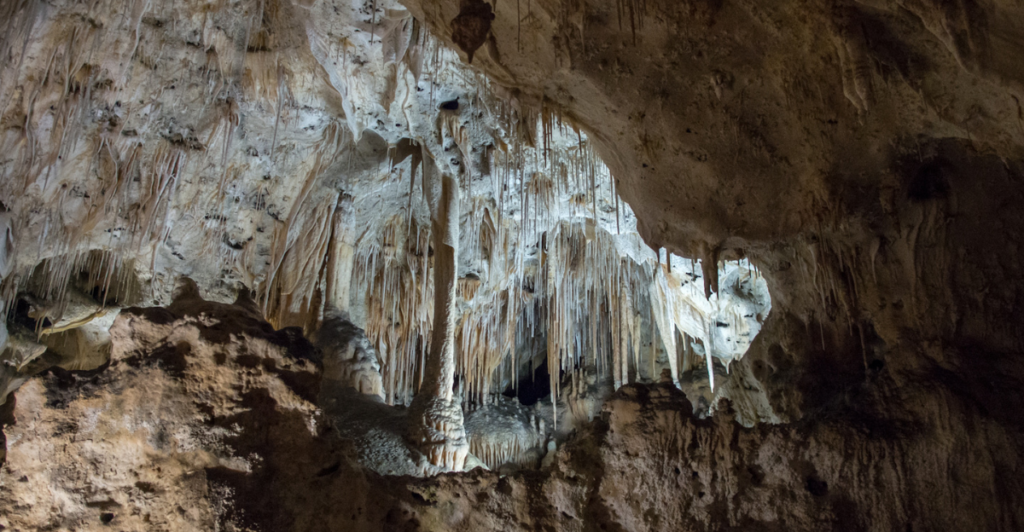
Nestled in the Chihuahuan Desert, Carlsbad Caverns features over 119 limestone caves. Stalagmites and stalactites provide critical insights into ancient monsoon patterns and regional climate shifts. The Big Room, one of the largest underground chambers in the world, is a highlight. Scientists analyze mineral deposits to track moisture levels from thousands of years ago, revealing the intricate interplay between desert ecosystems and climate.
Wind Cave (South Dakota)
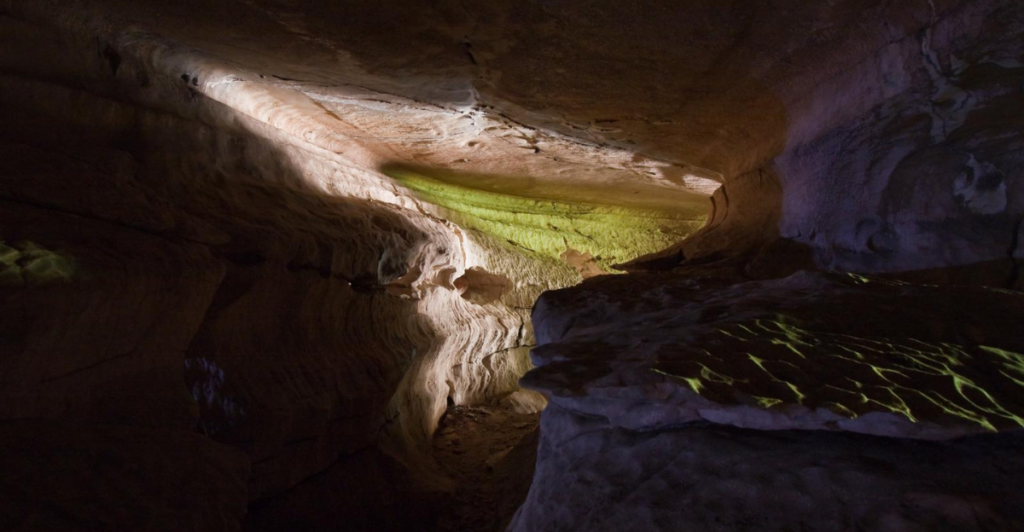
Wind Cave is renowned for its delicate boxwork formations and unique role in climate research. The cave’s stable temperature and humidity levels allow scientists to study calcite crystals with a detailed record of past precipitation and drought cycles. Its intricate passages are a treasure trove for researchers and visitors alike. The Lakota Sioux revere Wind Cave, connecting its natural wonders to spiritual stories.
Luray Caverns (Virginia)
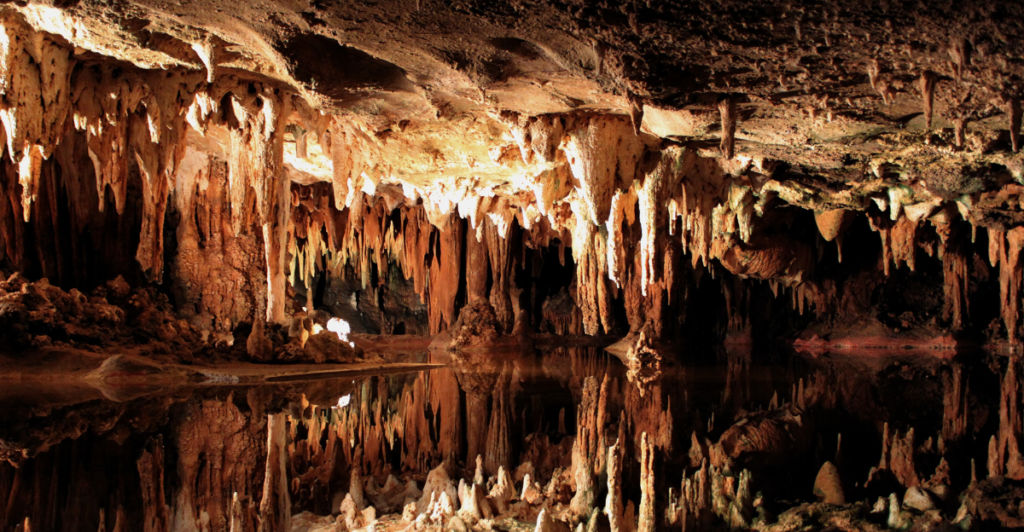
Luray Caverns, famous for its towering columns and shimmering pools, offers more than scenic beauty. This cave’s stalagmites and flowstones capture thousands of years of regional climate data. Scientists examine the minerals’ isotopic composition to reconstruct past temperatures and precipitation levels. Visitors can enjoy the enchanting Great Stalacpipe Organ while appreciating the scientific significance of this geological wonder.
Lechuguilla Cave (New Mexico)
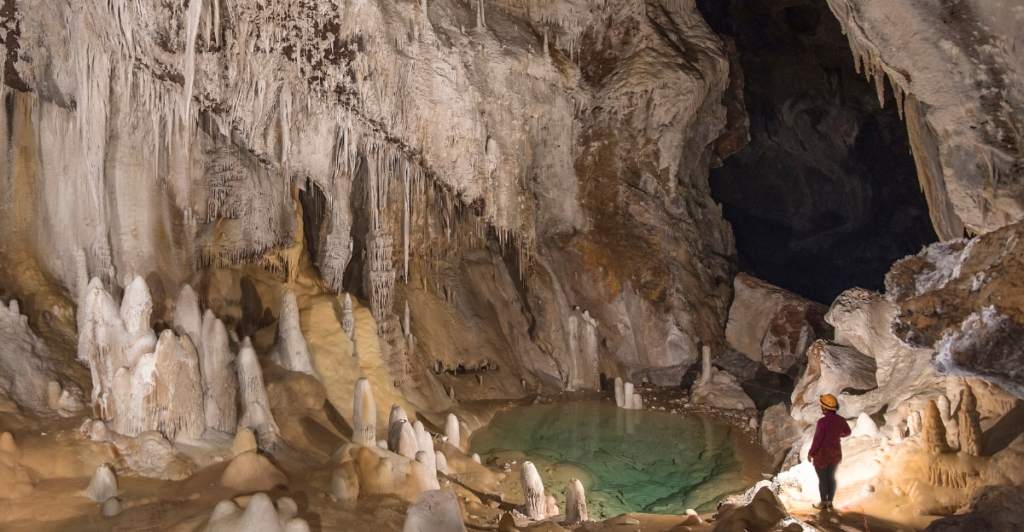
Lechuguilla Cave, known for its pristine formations, is a goldmine for climate research. Its remote and untouched environment preserves formations that date back millions of years. By studying dripstones and flowstones, scientists piece together a history of climate fluctuations in the Southwest. Access is limited to protect its fragile ecosystem, but its discoveries continue to advance our understanding of Earth’s climatic evolution.
Oregon Caves (Oregon)
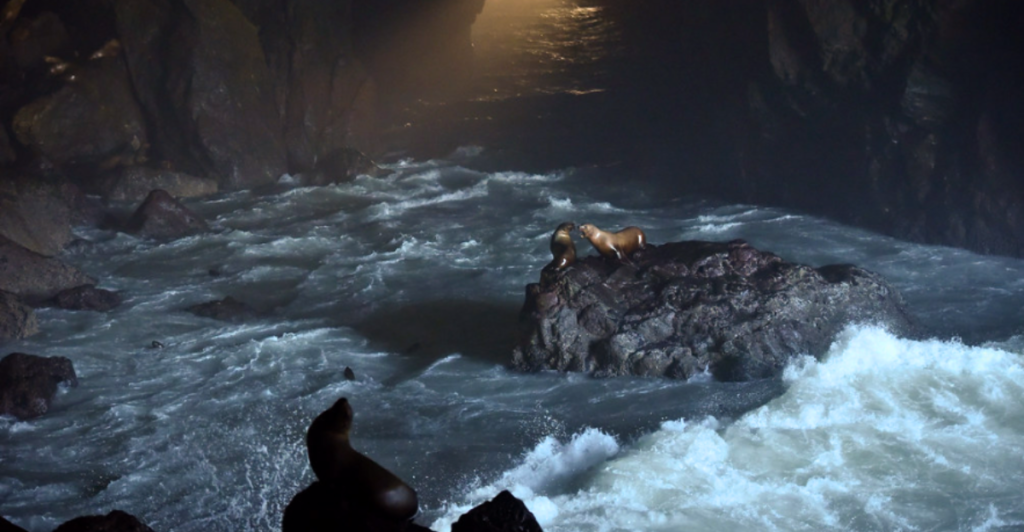
Dubbed the “Marble Halls of Oregon,” this cave system is carved from marble and boasts stunning formations. Scientists study the cave’s speleothems to track long-term climate changes in the Pacific Northwest. These mineral deposits reveal shifts in precipitation and vegetation patterns over millennia. Visitors can take guided tours to learn about the cave’s geological and climatic significance.
Jewel Cave (South Dakota)
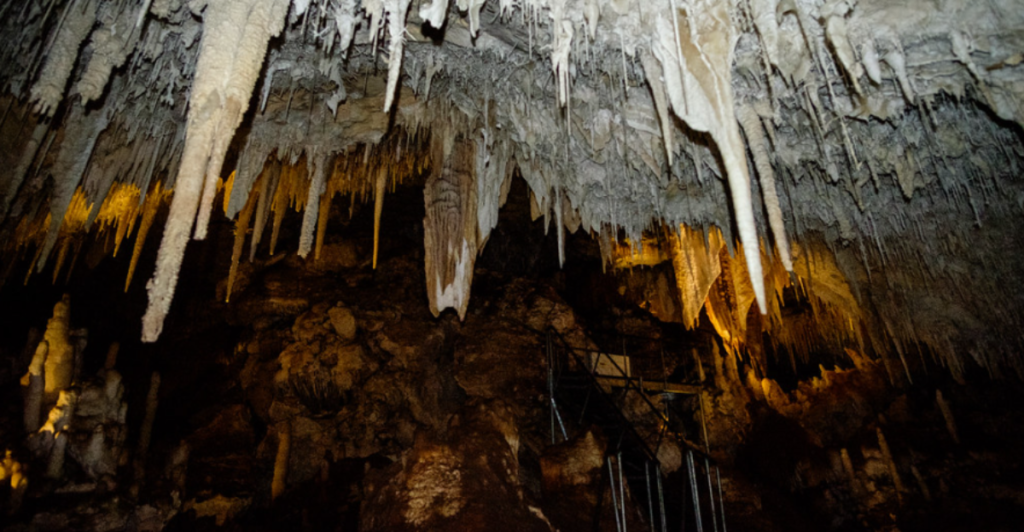
Jewel Cave, one of the longest caves in the world, holds secrets about ancient climates. Its dazzling calcite crystals and intricate passageways reveal past temperature and precipitation levels. Scientists use advanced techniques to analyze mineral deposits, providing insights into regional climate trends. Visitors can explore its vast network while marveling at the formations that continue to reveal nature’s secrets.
Blanchard Springs Caverns (Arkansas)
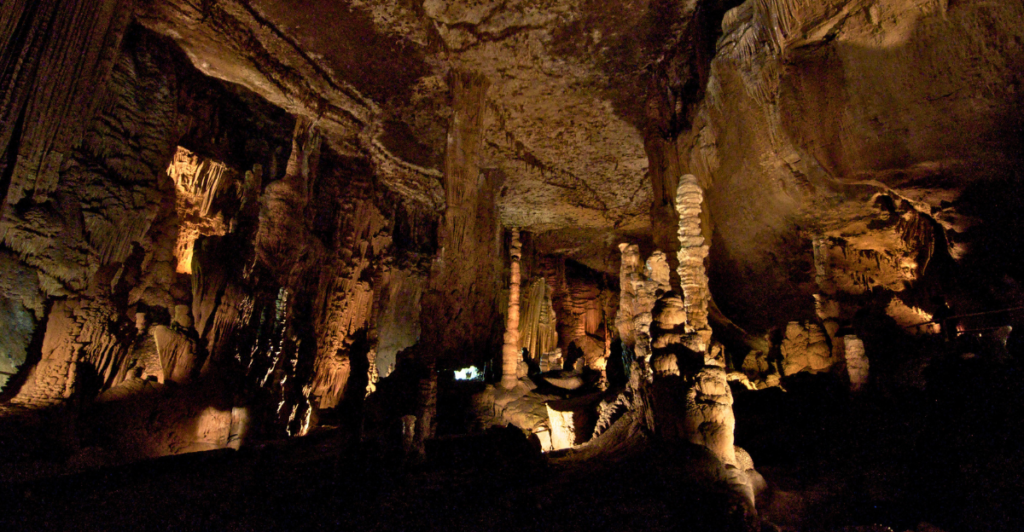
Located in the Ozark National Forest, Blanchard Springs Caverns is a living cave that showcases ongoing geological processes. Its formations contain layers of minerals that record shifts in rainfall and droughts over thousands of years. Researchers study these patterns to understand regional climate history. Guided tours highlight the cave’s dynamic ecosystem and its importance in climate research, making it an educational experience for all.
Kartchner Caverns (Arizona)
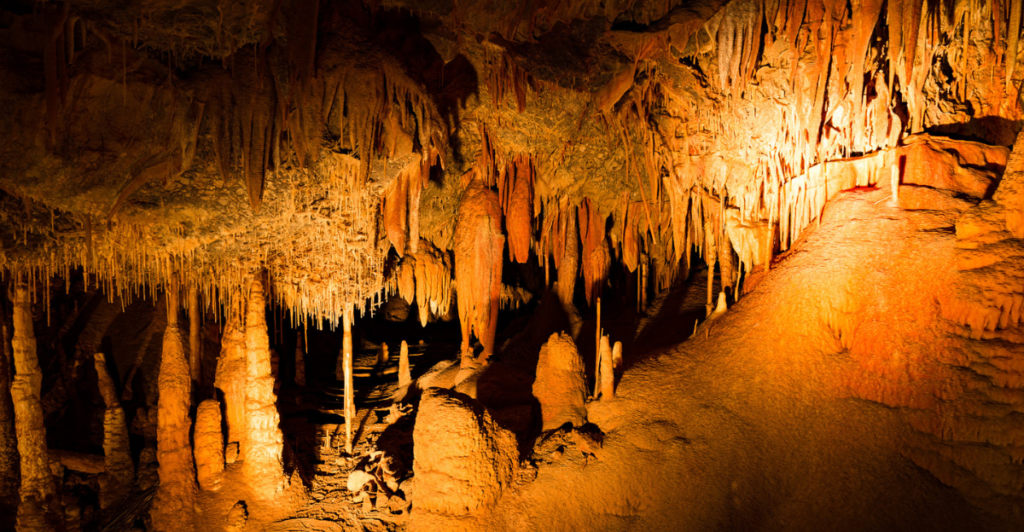
Kartchner Caverns is a treasure trove of scientific discovery. Its pristine formations, including soda straws and helictites, hold detailed records of past monsoon cycles. Scientists analyze these formations to study water flow and temperature changes over thousands of years. The cave’s preservation efforts ensure its delicate ecosystem remains intact, offering visitors a glimpse into its beauty and scientific value.
Timpanogos Cave (Utah)
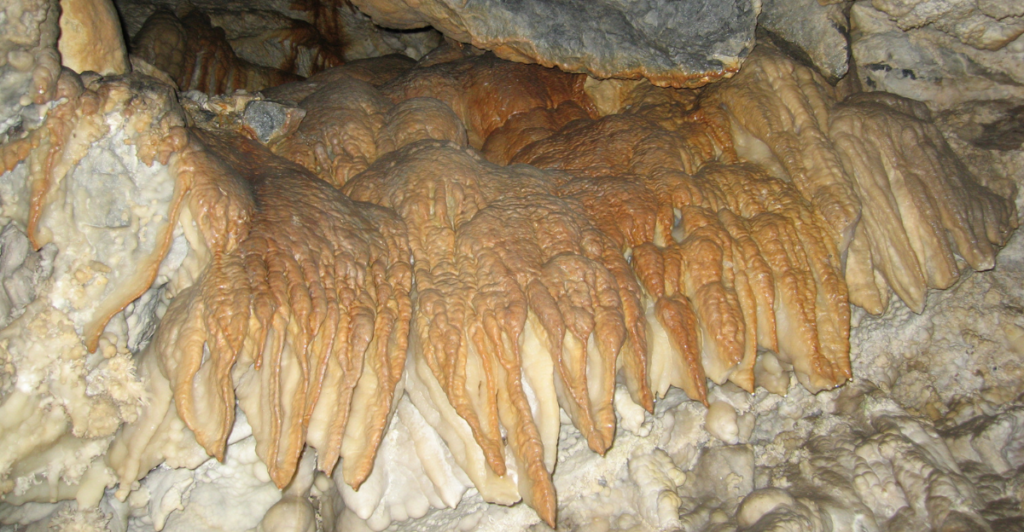
Timpanogos Cave National Monument has three interconnected caves rich in geological and climatic data. Its vibrant mineral formations, such as anthodites and flowstones, store information about historical temperature and moisture levels. Researchers use this data to study long-term climate patterns in the Rocky Mountain region. Visitors can hike to the cave and explore its wonders while learning about its vital role in climate science.
Russell Cave (Alabama)
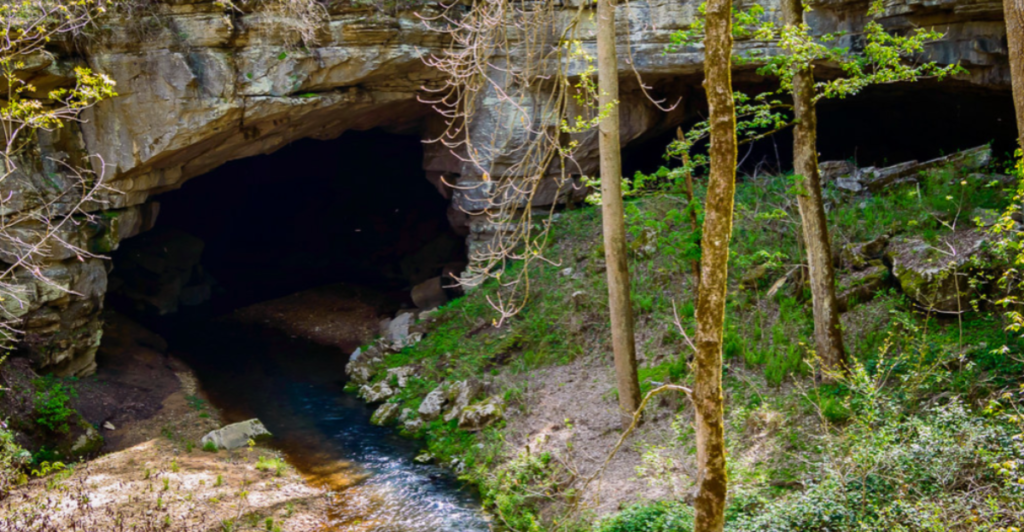
Russell Cave National Monument holds archaeological significance and provides valuable climate data. The cave’s formations reveal changes in rainfall and vegetation over thousands of years. Its sheltered environment preserves evidence of ancient human habitation, offering dual insights into natural and cultural history. Visitors can explore the site’s trails and learn about its contributions to understanding the Southeast’s climate and human past.
History Is More Than Just Natural Marvels
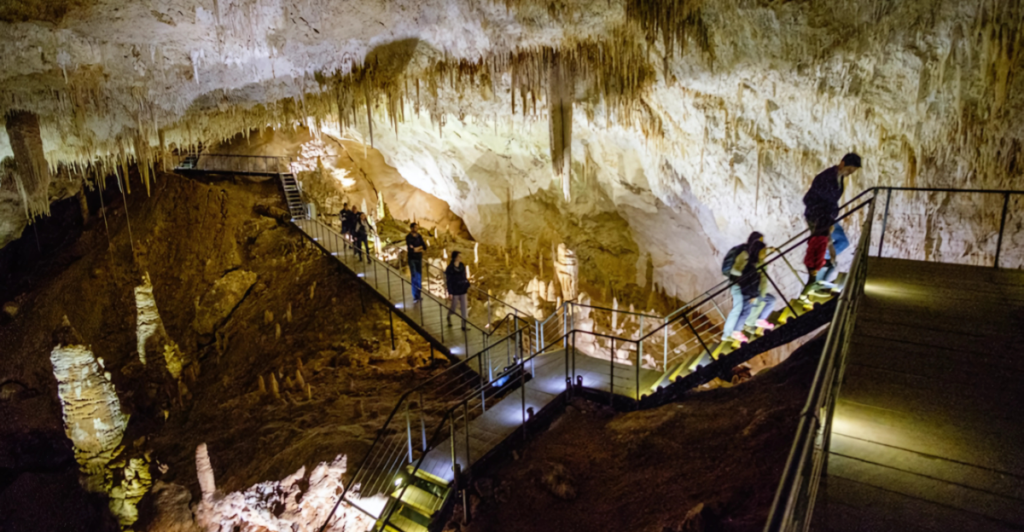
America’s historic caves are more than natural marvels; they are vital archives of our planet’s climatic history. By studying their formations, scientists uncover the secrets of ancient weather patterns and environmental changes. These caves educate, inspire, and emphasize the importance of preserving these natural wonders for future generations. Explore these geological time capsules and better appreciate the intricate relationship between Earth’s past and present.
Stay connected with us for more stories like this! Follow us to get the latest updates or hit the Follow button at the top of this article, and let us know what you think by leaving your feedback below. We’d love to hear from you!


